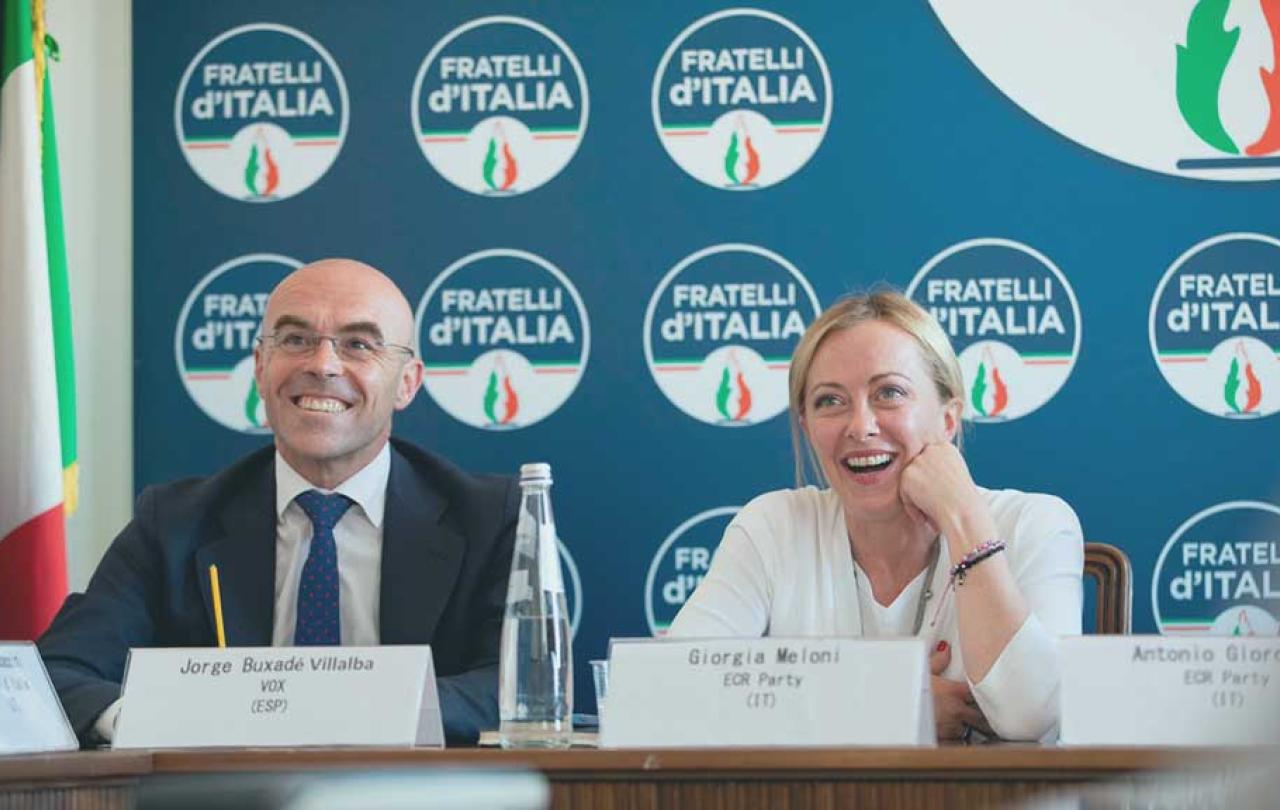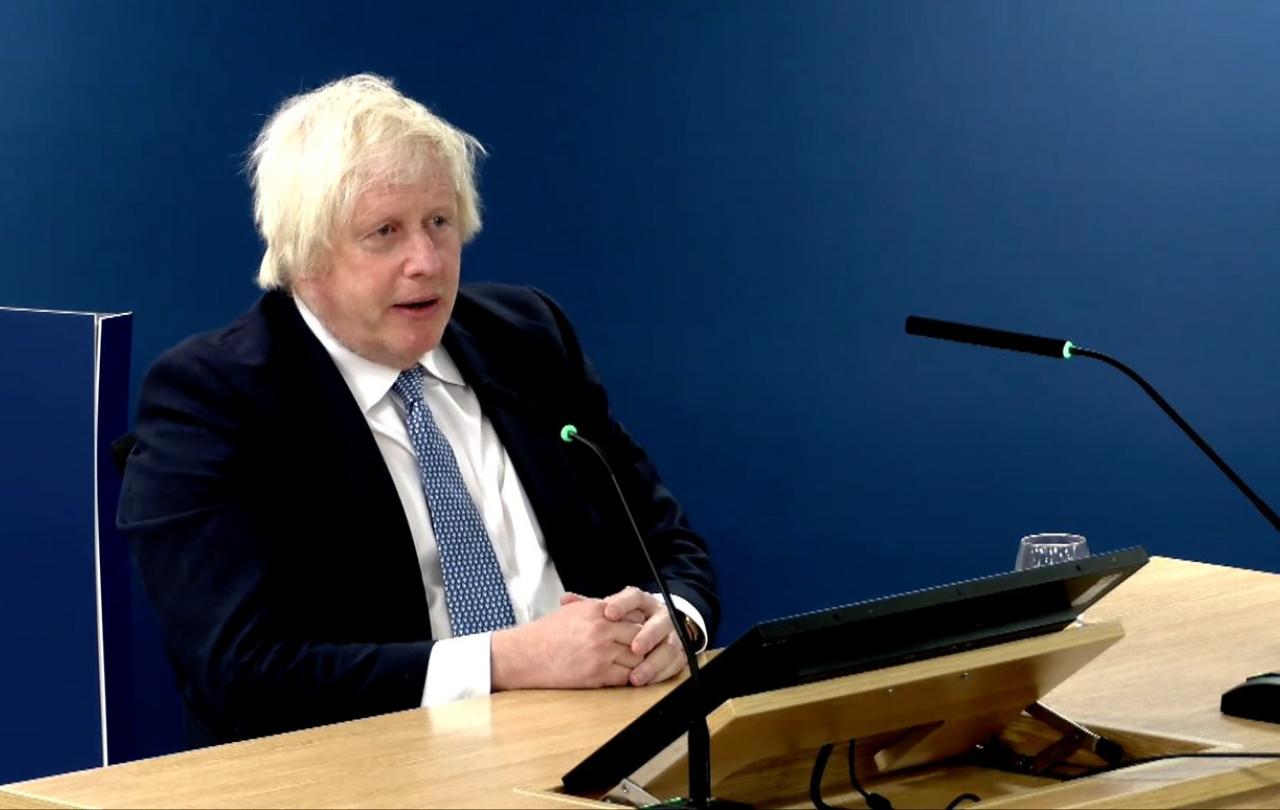
I worry that European Christianity may face an identity crisis. Not in the usual sense of us beginning to forget what we are and, as a consequence, who we are. Rather that the continent’s formative creed may be misappropriated by a gathering global trend towards identity politics, which may seek to conflate and deliberately confuse a messiah with the Christ.
It’s easily enough done. Indeed, the first disciples did so. The Jewish resistance movement against the Roman oppressors, of which we presume John the Baptist was a leading light, was expecting a new Elijah to lead them to liberation – their messiah.
What it got was a Nazarene called Jesus. The scales finally fall from the eyes of rock-like fisherman Peter when the Nazarene asks him who the crowds say that he is. Maybe John the Baptist, maybe Elijah, maybe a risen prophet, replies Peter.
“But who do you say that I am?” asks Jesus of him. In one of the most dramatic verbal responses of the gospel, Peter (I imagine) whispers his answer: “The Christ of God”, though other followers evidently remain confused. The crowds who welcome him triumphantly into Jerusalem hail the “Son of David” and lay palms in his path. And arguably Judas Iscariot anticipates a popular uprising, a Passover insurrection, by arranging his arrest.
They confuse the Christ with a messiah. The distinction is important today in the conduct of our polity. Because the latter delivers temporal deliverance, the former eternal. A messiah is cultic, the Christ is universal.
That’s important because populist European politicians can adopt a messianic pose. But they struggle to be Christ-like. Do they come to serve or be served? Let’s just say that our popular political parties are light on foot-washers.
The messianic leader, the chosen one, anointed by nation rather than by God, is at the heart of Europe’s current identity crises.
But being messianic remains more than enough for nationalistic leaders, just as it would have been for one whose sole brief was to lead the people of Israel from under the jackboot of Rome two thousand years ago. The messianic leader, the chosen one, anointed by nation rather than by God, is at the heart of Europe’s current identity crises.
Behold Christian Nationalism. It is cultic of the personality and it has a specific self-interest in co-extending the messiah with the Christ. Jared Stacy wrote excellently here recently that Christian Nationalism “has political potency because it taps into primal identities, theologies, and moralities.”
Stacy’s article is a tour de force on the subject, connecting Christian Nationalism’s social and historical reality to its current political potency, and I don’t intend to channel it. What I will attempt is to pick up where he leaves off.
He writes that the movement’s main error seems to be “its move towards supremacy. Jesus’s rejection of political power in the wilderness and his resistance to political power through the Cross are lost in the rising tide of Christian Nationalism.”
This seems to me to allude to precisely the distinction I wish to make between the servant ministry of the Christ and the political potency of a messiah. To elide the two is the intention of popular nationalists when they claim Christian heritage. And there lies the true danger in this identity crisis.
What I find so alarming is that it points towards the Church’s role in an emerging rejection of some aspects of liberal democracy in favour of populist nationalism.
A Financial Times article this month traced the populist Catholic counter-revolution in Europe, which corrals religiously conservative young voters in support of nationalism and conservative family values. And it shows us why messianic Christianity can be so frightening.
Its central argument, based on a poll in the French religious newspaper La Croix, is that youthful conservative Catholicism is re-emergent “as a political, as well as religious, force” and nor “is the fusion of Catholic identity politics with nativist and ‘sovereigntist’ populism… particular to France.” It notes the electoral success of the Vox party in Spain, Giorgia Meloni’s Brothers of Italy and Poland’s Law and Justice party.
What I find so alarming is that it points towards the Church’s role in an emerging rejection of some aspects of liberal democracy in favour of populist nationalism. And, while I don’t want to be melodramatic about this, I believe that in turn directs us to the darkness of the Church’s role in 20th-century European history.
We may or may not be familiar with photos of clerics giving the fascist salute, as in Spain in support of General Franco. But it’s been a matter of constant debate since the Second World War whether the Church was an active collaborator with the Nazi regime, an honest dupe or a double agent, appearing to co-operate so that it could subversively defend persecuted Jews.
It’s dangerous to invoke Hitler at every apparent threat to the liberal democratic federalism of the post-war European experiment. But it’s also valid to note resonances when the Church allies itself with nationalism. And that’s what is frightening.
The direction of travel of European popular politics, from France to Vox to Brothers of Italy, places Christian witness chillingly into question. And, of course, this isn’t just about Europe.
Donald Trump attempted to annexe scriptural authority to himself as president by posing outside a church brandishing a copy of the Bible during the Washington DC riots in response to the death of George Floyd at police hands (and knee) in 2020.
Returning to Stacy’s commentary, he writes:
“Christians may need to distance themselves from the American Jesus, only then to discern the things they have picked up and called ‘Biblical’ which are merely ideological.”
Amen to that. A simple start to that might be to quote Terry Jones in Monty Python’s Life of Brian and assert of Trump that “he’s not the messiah, he’s a very naughty boy.”
Rather more seriously, we need to recognise, not just from our history, but the warning that the United States offers us today of sub-messianic nationalist leadership. For those of us of faith in Europe, we’ve had more than enough examples of the dangers when the Christ is adopted as a personality cult.
The most supranational authority to which Christians owe allegiance is not a worldly power. And we lose sight of that identity at our peril.





